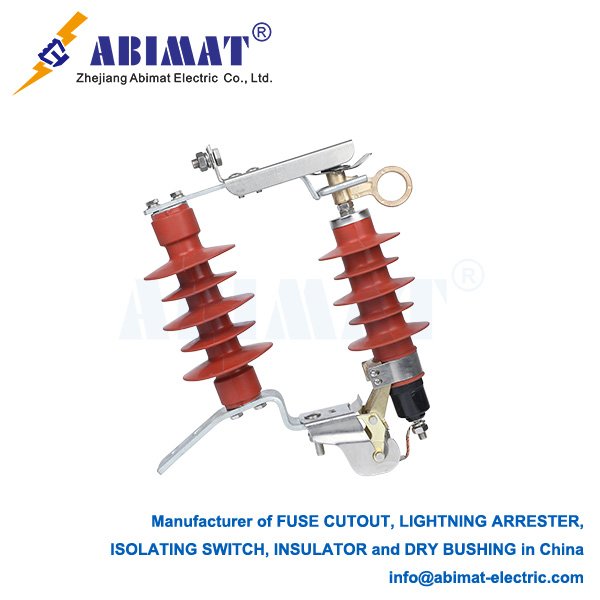Distribution Lightning Arresters: Essential Protection for Power Systems
A distribution lightning arrester—people also call it a surge arrester—is an important protective device. It gets installed on electrical distribution networks. You usually find it on poles or substations. Its main job is to protect expensive equipment. Things like transformers, switchgear and insulators are the ones it safeguards. It does this by sending dangerous high-voltage transients to the ground. Most of these transients come from lightning strikes.
If these transients aren’t stopped, they can cause big problems. They may make the insulation fail badly. That leads to equipment damage. It also causes power outages. And it makes the system less reliable. The arrester works like a highly nonlinear resistor. When the voltage is normal for operation, it has very high resistance. It acts like an open circuit then. It only draws a little leakage current. But when a lightning-induced or switching overvoltage goes over a certain threshold, things change. Its resistance drops a lot in just nanoseconds. That creates a low-impedance path to the earth. The surge current gets channeled away safely—far from the protected equipment. Once the transient is gone, the arrester resets itself. It goes back to its high-impedance state automatically. Then the system can work normally again.

Modern distribution arresters mostly use metal oxide varistors (MOVs). These MOVs are their core part. A block of zinc oxide grains gives the arrester this great nonlinear voltage-current characteristic. It works better than the old gap-type technologies. There are main types of these arresters. They are station class, intermediate class and distribution class. The distribution class is the most common on overhead lines. It’s designed for the specific tasks and insulation levels of distribution systems.
To sum up, the Abimat distribution lightning arrester is a device you can’t do without. It’s also very efficient. It makes sure the electrical distribution infrastructure is safe. It keeps the infrastructure working continuously. And it helps the infrastructure last longer. It can reduce overvoltages right away. That’s why it’s a key part of modern power system protection.


